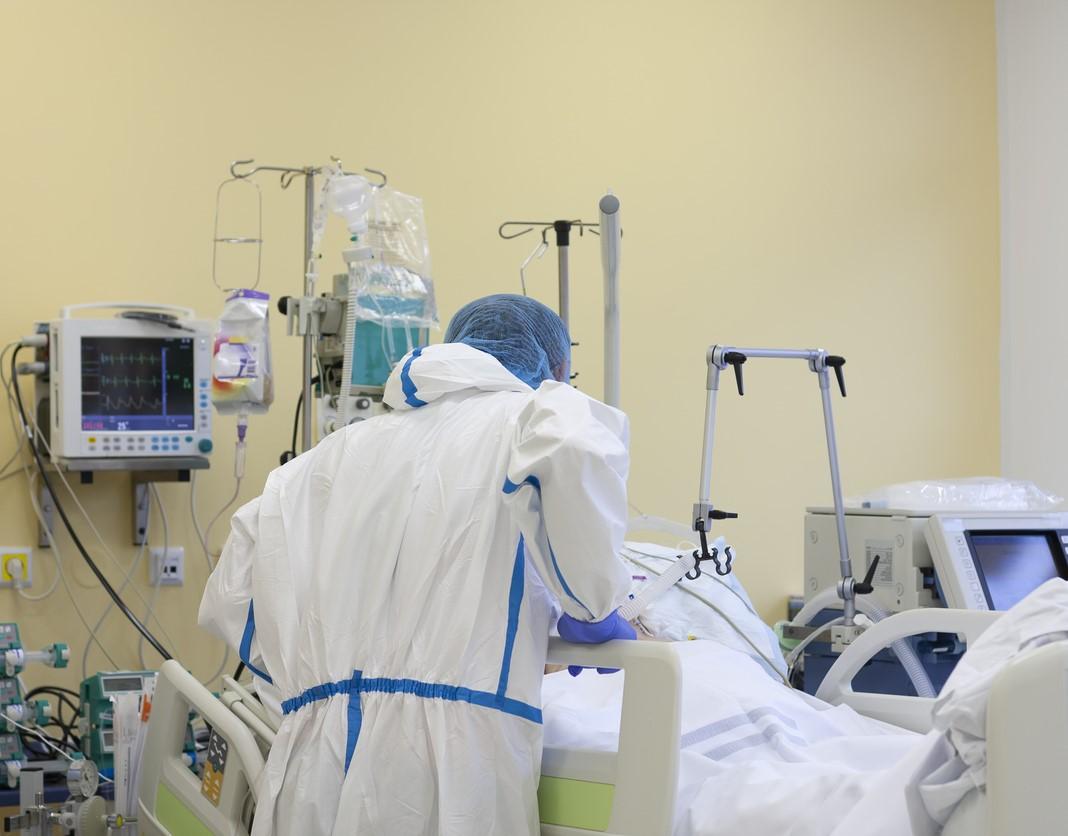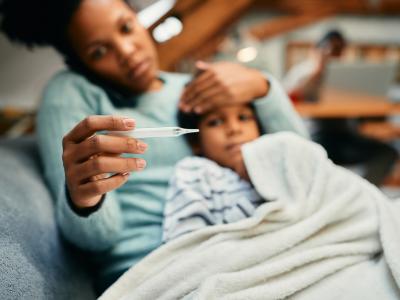The recent Omicron variant surge in Hong Kong came with a mortality rate among the world's highest yet in the pandemic, a troubling development in a region known for its strong pandemic measures, and today researchers from the United States, Hong Kong, and China who dug into the data suggest that vaccination lapses in older people played a major role.
The team published its findings today in Morbidity and Mortality Weekly Report (MMWR).
In other developments, China's surge continued, prompting more locations to tighten their measures, and in the United States, COVID-19 levels are rising again in the East.
Vaccine gap in oldest Hong Kongers
Hong Kong's surge began in early January with a cluster of Omicron infections in a quarantine hotel. Its fifth wave peaked on Mar 4, along with a mortality rate of 37.7 per million population that was among the highest in the world during the pandemic.
Officials reported 5,906 deaths as of Mar 21 during the Omicron surge. Of eligible people in Hong Kong, 64% had received at least two vaccube doses and 5% had gotten a booster dose, but coverage varied by age. Only 49% of people ages 60 and older had gotten at least two doses, with coverage declining as people got older.
Among the deaths, 96% occurred in people ages 60 and older, and of those 70% were unvaccinated. "The high overall mortality rate during the ongoing 2022 Hong Kong Omicron COVID-19 outbreak is being driven by deaths among unvaccinated persons aged ≥60 years," the team wrote.
In weighing other factors, the team compared Hong Kong's surge with New Zealand, which has a lower population density but, like Hong Kong, was thought to largely have vaccine-induced immunity due to vaccination combined with low infection levels during earlier waves.
The investigators found that, during the Omicron peak, New Zealand's mortality reached 2.1 per million population, compared with Hong Kong's nearly 38 deaths per million population, which they said underscores the vaccine's impact on preventing COVID-19 deaths.
The reasons for Hong Kong's low vaccination rate in older groups aren't clear, but it might be due to vaccine hesitancy or complacency over the government's earlier success with its "zero COVID" policies, researchers noted.
China's surge continues as cities tighten measures
China today reported 24,101 cases, of which 22,561 were asymptomatic. Of the asymptomatic cases, 90% were from Shanghai.
Regarding symptomatic cases, Shanghai's daily numbers topped Jilin province's total. Reuters today, citing Chinese health officials, reported that Shanghai's high number of asymptomatic cases might be partly due to a blurred line between asymptomatic and mild cases. One Chinese official told the news service that disease patterns across Chinese hot spots would be comparable if mild cases were included in the asymptomatic numbers.
Meanwhile, more cities in China tightened their measures, including Beijing, which beefed up screening in certain employment sectors, according to Reuters. Shizong County in Yunnan province shuttered shops and suspended travel out of the area. So far, about two dozen Chinese cities are in partial or full lockdown.
In other global developments:
- Scientists designated two more Omicron subvariants—BA.4 and BA.5—and classified them as variants of interest because of mutations that may affect antigenic properties, the European Centre for Disease Prevention and Control said today in its weekly communicable disease threat report. It said data from the GISAID sequence sharing database hints at community transmission in South Africa and sporadic detections in Botswana, Denmark, Germany, and the United Kingdom.
- At a summit today, countries and donor organizations pledged $4.8 billion for the GAVI-led COVAX program, designed to support equitable vaccine access for lower-income countries. The total includes $1.7 million in new sovereign pledges, $2.1 billion from innovative financing mechanisms, and at least $1 billion from three multilateral development banks.
COVID-19 cases rise in eastern US cities
In US developments, COVID-19 cases have doubled in Washington, DC, and risen about 60% in New York City since the last week of March, the New York Times reported today, a sign the BA.2 subvariant is causing increased virus activity.
The Centers for Disease Control and Prevention (CDC) has said though the subvariant of the Omicron strain does not cause more severe COVID-19 infections, it is highly transmissible.
The United States reported 40,251 new COVID-19 cases yesterday and 754 deaths, according to the Johns Hopkins COVID-19 tracker.
The 7-day average of new daily cases is 28,683, with 528 daily deaths, according to the Washington Post tracker.
Vaccines prevented an estimated 2 million deaths
In a new study by the Commonwealth Fund, researchers estimate the US COVID-19 vaccination effort has prevented 2.2 million deaths and 17 million hospitalizations since its launch.
Yesterday, House Speaker Nancy Pelosi tested positive for COVID-19, 1 day after appearing with President Joe Biden at the White House. A spokesperson for Pelosi said she the speaker asymptomatic.
In other news, a federal appeals court yesterday reinstated the Biden administration's COVID-19 vaccine requirement for federal employees, the Wall Street Journal reports, overturning a Texas court decision from January. Biden had first announced the mandate last August, which was immediately challenged by several Republican state attorneys general.
The CDC COVID Data Tracker shows that 65.7% of Americans are fully vaccinated against COVID-19, at least 77.1% have received at least one dose of vaccine, and 45.1% of fully vaccinated Americans have received a booster dose.
CIDRAP News Reporter Stephanie Soucheray contributed to this story.






















